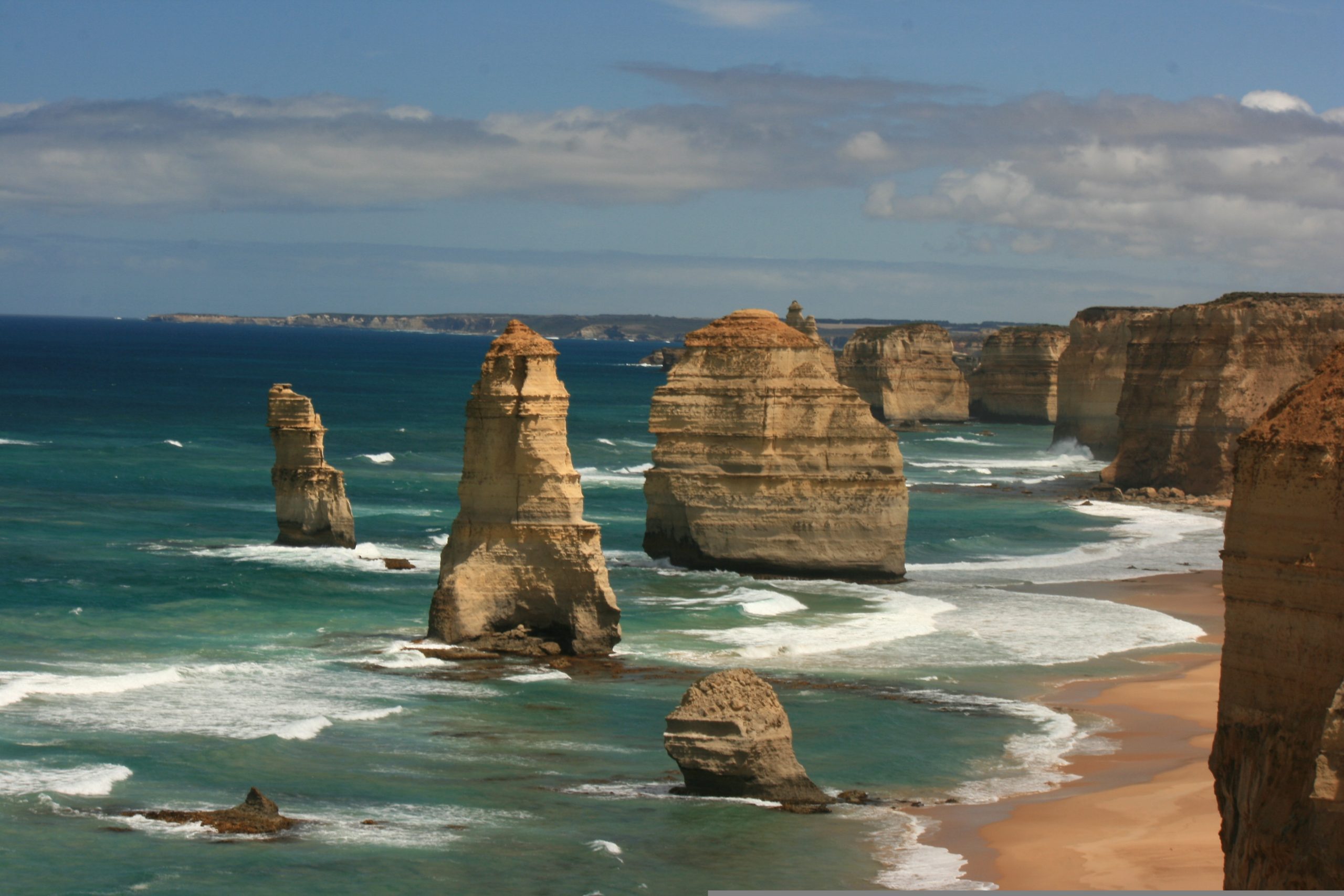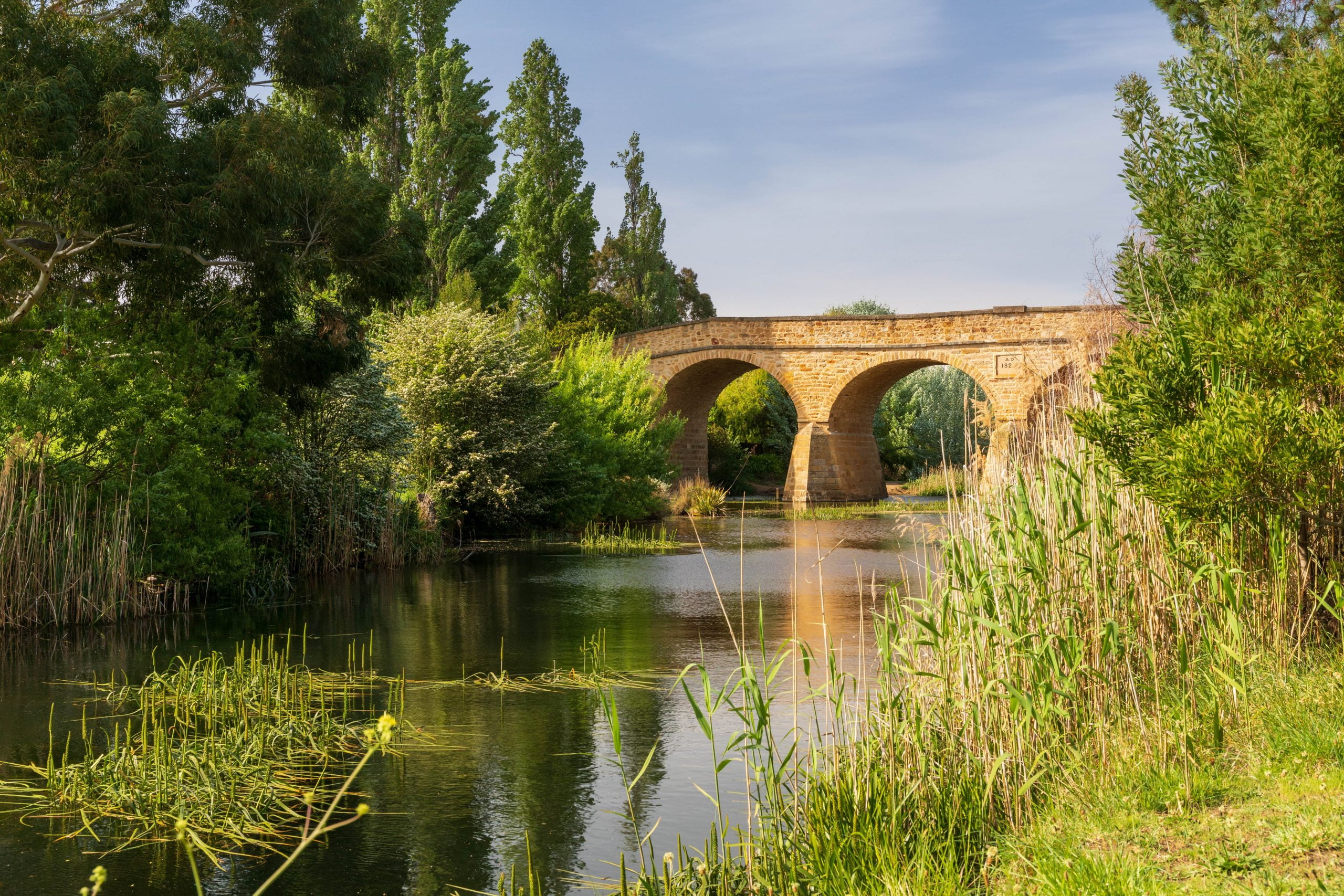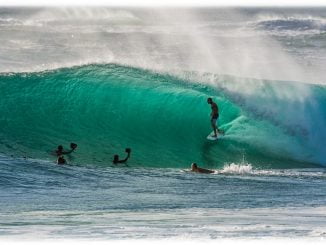Australia, with its vast landscapes and diverse terrains, offers some of the most breathtaking scenic drives in the world. From coastal routes to outback adventures, there’s a scenic drive for every kind of traveller.
However, with beauty comes responsibility. Ensuring safety while enjoying these routes is paramount.
In this article, we’ll explore the top 5 scenic drives in Australia and provide tips on how to make your journey safe.
1. The Great Ocean Road, Victoria
The Great Ocean Road, spanning 243 kilometres, is more than just a road. It provides a glimpse into Australia’s history, diverse ecosystems, and breathtaking coastal views.
Along the route, travellers can enjoy scenic ocean vistas, explore rainforests, visit iconic sites like the Twelve Apostles, pass through quaint seaside towns, and possibly spot migrating whales.
Safety Tips
- Cliff Edges: Many viewpoints along the road are atop cliffs. Stay behind barriers and be cautious of unstable edges.
- Tourist Traffic: The Twelve Apostles and other landmarks can get crowded. Be prepared for sudden stops or slow-moving traffic.
- Winding Roads: The road has many sharp turns and bends. Reduce speed and be cautious, especially after Lorne where the road becomes particularly twisty.
2. The Pacific Coast Drive, New South Wales
The Pacific Coast Drive, stretching 900 kilometres between Sydney and Brisbane, offers a mix of urban thrill and natural beauty. It features golden beaches, dense rainforests, and lively towns.
Some highlights include Sydney’s vibrant energy, Brisbane’s relaxed atmosphere, Byron Bay’s untouched beaches, the Gold Coast’s verdant hinterlands, and the tranquil charm of Coffs Harbour.
Safety Tips
- River Crossings: The drive has several river crossings. Always check tide times and avoid crossing during high tide.
- Beach Driving: Some stretches allow beach driving, like Fraser Island. Ensure you’re familiar with beach driving techniques and tide timings.
- Tourist Hotspots: Places like Byron Bay can get congested. Be prepared for pedestrian-heavy areas and limited parking.
3. The Savannah Way, Queensland to Western Australia
The Savannah Way is a 3,700-kilometer adventure drive through Australia’s untamed heartland, connecting Cairns to the Kimberley.
It traverses five World Heritage sites and 15 national parks, offering insights into Australia’s indigenous culture, mining past, and outback lifestyle, from tropical landscapes to ancient gorges.
Safety Tips
- Unsealed Roads: Large portions of the Savannah Way are unsealed. Ensure your vehicle is equipped for gravel and dirt roads.
- Remote Stretches: Some parts of the drive are extremely isolated. Carry extra fuel, water, and essential supplies.
- Creek Crossings: The route has numerous creek crossings. Always assess depth and current before crossing, especially during the wet season.
4. The Nullarbor Plain, South Australia to Western Australia
The Nullarbor Plain, a 1,200-kilometer stretch named from Latin for “no trees”, is a unique, flat, and arid landscape. Its beauty lies in its vastness, where the sky meets the red earth.
Features include the world’s longest straight road and the striking Bunda Cliffs, where the desert meets the Southern Ocean.
Safety Tips
- Limited Services: Facilities and services are sparse. Plan fuel stops and rest breaks in advance.
- Wildlife Encounters: The plain is home to camels, kangaroos, and wombats, especially active at dawn and dusk. Drive cautiously.
- Heat Exposure: The Nullarbor can get extremely hot. Avoid driving during peak heat, stay hydrated, and ensure your vehicle’s cooling system is in top condition.
5. The Tasmanian Loop, Tasmania
The Tasmanian Loop, a 1,000-kilometer circular route, traverses Tasmania’s pristine wilderness, historic sites, and beautiful coastlines.
The island boasts a mix of British colonial history, rugged shores, and lush rainforests. Highlights include the evocative Port Arthur Historic Site, the tranquil Wineglass Bay, and the dense Tarkine wilderness.
Safety Tips
- Mountainous Terrain: Parts of the loop, especially around Cradle Mountain, have steep and winding roads. Ensure brakes and gears are in good condition.
- Variable Weather: Tasmania’s weather can change rapidly, leading to slippery roads. Always check the forecast and be prepared for sudden weather shifts.
- Narrow Bridges: The loop has several narrow and single-lane bridges. Approach with caution and give way as indicated.
Preparing Your Vehicle for a Long Journey
Before going on a long drive, it’s essential to ensure your vehicle is well-maintained for safety and a better driving experience. Key steps include:
- Check Fluid Levels: Regularly top up essential fluids like engine oil, coolant, brake fluid, and windshield washer fluid.
- Inspect Tyres: Check for good condition, adequate tread depth, and proper inflation. Always have a spare tire and know how to change it.
- Brakes: Ensure they are responsive and get them checked by professionals if there are any issues.
- Lights and Indicators: Make sure all lights, including headlights and brake lights, work properly, especially for nighttime and foggy drives.
- Windshield and Windows: Keep them clean and check for damages. Damages can affect the glass’s strength and visibility so get them fixed before the long drive.
Conclusion
Australia’s scenic drives are a testament to the country’s unparalleled beauty. While these routes promise unforgettable experiences, it’s essential to prioritize safety.
By following the tips provided, travellers can ensure they enjoy the adventures without compromising their well-being.
Remember, the journey is as important as the destination, so drive safely and soak in the wonders of Australia.





